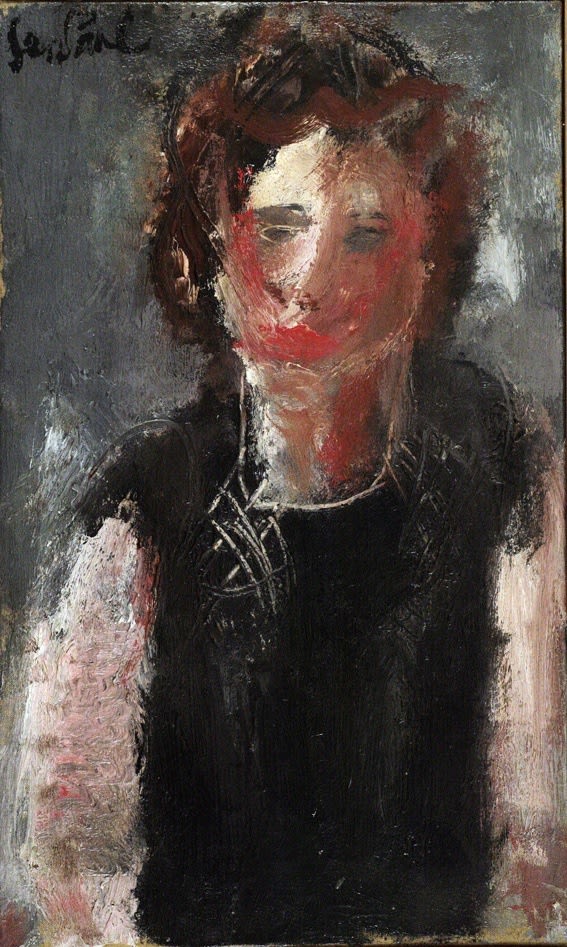Montmartre represents both the literal and artistic birthplace of Eugène Paul, known simply as Gen Paul. Born in 1895 into a modest bohemian family in an apartment situated on Rue Lepic, which was famously depicted in painting by Van Gogh once, his mother was a tailor and his father a cabaret musician. Interested in art since from an early age, Gen Paul starts painting and drawing.
Montmartre was, at the time, the beating heart of Parisian – and international – artistic creation, attracting poets, painters and musicians from all over the world. Its vibrant nightlife, full of cabarets, circuses and cafés-concert, which acquire almost mythical status in the cultural imaginary, is depicted in the famous works of Henri de Toulouse-Lautrec, Vincent Van Gogh and Maurice Utrillo, which influence the young Gen Paul. He meets the cubist painter Juan Gris at the Bateau-Lavoir, residence and meeting place of the artistic avant-garde, who gives him old artistic supplies. In his circle of friends we can also find Maurice Utrillo, Vlaminck and Jean Dufy, the last of whom will hold a long and fruitful artistic exchange and correspondence with Gen Paul. Painters of “modern life”, after the famous Charles Baudelaire formula, they will become known to history as the School of Montmartre, specializing in cityscapes and scenes of urban bohemian life. In the middle of all those artistic confluences, Gen Paul starts to search for his own road of artistic expression, distinct from his contemporaries.
He becomes one of the first French expressionists, developing his own manner, dynamic and free. He searches for the sources of his art not just in the vibrant local scene and in the post-impressionist works of his forefathers, such as Van Gogh or Toulouse-Lautrec, but also in the Museum of Prado, where he encounters the works of Goya, El Greco and Vélasquez – Gen Paul will be an avid traveller all his life. Unlike other expressionists, whose palette is more sober, Gen Paul makes audacious use of colour harmonies and contrasts in his works.
His painting is marked by the gestural nature of his brushstrokes, which create a singular feeling of rhythm and movement in his works. It is this gestural style that leads critics to place him as one of the precursors of Action Painting and Abstract Expressionism in the 1950s, together with Chaïm Soutine. The echoes of his art are undoubtedly felt in the works of artists such as Willem de Kooning later on.


